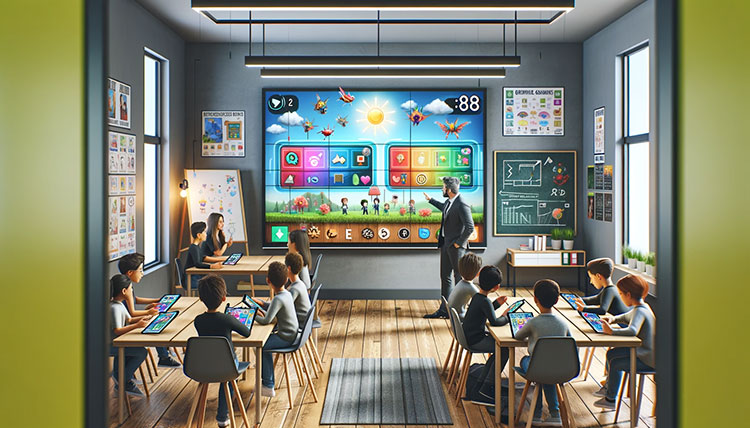In the dynamic world of high school academics, students often find themselves facing challenging coursework, intricate subjects, and the pressure to excel. As the academic demands intensify, many students turn to high school tutors for guidance, support, and that extra boost of confidence. In this blog post, we’ll explore the significance of high school tutoring and how a dedicated high school tutor can be the key to unlocking a student’s full potential.
The High School Struggle
High school can be a demanding time for students, marked by a surge in complex subjects and the need for specialized knowledge. Students may grapple with advanced mathematics, intricate sciences, and the nuances of literature, all while juggling extracurricular activities and social obligations. It’s no wonder that many students find themselves overwhelmed.
This is where a high school tutor steps in, acting as a valuable resource to provide personalized assistance, guidance, and encouragement. The Tutoring Expert’s tutors are experienced in supporting high school students in Ontario and have been in their shoes before.
Personalized Learning
One of the most significant advantages of having a high school tutor is the opportunity for personalized learning. Unlike crowded classrooms, tutoring sessions offer an intimate setting where the tutor can tailor their approach to the student’s unique learning style, pace, and strengths.
Whether a student struggles with grasping the fundamental concepts or needs assistance in honing advanced skills, a high school tutor can adapt their teaching methods to ensure the material is not only understood but mastered. We believe the only true method of personalized support is via private 1-on-1 tutoring for high school students.
Building Confidence
High school tutors do more than impart knowledge; they play a crucial role in building a student’s confidence. The one-on-one interaction allows students to ask questions freely, express concerns, and delve deeper into the subject matter without the fear of judgment from peers.
As a result, students often find themselves more confident when tackling assignments, participating in class discussions, and facing exams. This boost in confidence can have a lasting impact on a student’s overall academic performance and success in college and university.
Addressing Learning Gaps
In a fast-paced classroom setting, teachers may not always have the time to identify and address each student’s individual learning gaps. High school tutors, however, can pinpoint specific areas where a student may be struggling and provide targeted assistance. Many students have knowledge gaps due to the pandemic interruptions that need to be addressed.
By addressing these learning gaps, high school tutors help students build a strong foundation, ensuring they are well-prepared for advanced coursework and future academic challenges.
Preparation for Final Exams
High school is also the time when students need to do well on their final exams. These finals often determine admissions to college and university. A high school tutor can offer specialized test preparation, guiding students through the format, content, and strategies required to excel in these crucial exams.
Conclusion
In the journey through high school, having a high school tutor can be a game-changer. From personalized learning and confidence-building to addressing learning gaps and preparing for exams, the benefits of high school tutoring are undeniable. As a tutoring agency, our commitment is to empower students to navigate the challenges of high school successfully and unlock their full academic potential. If you’re ready to invest in your child’s future, consider enlisting the assistance of a dedicated high school tutor today with The Tutoring Expert. The journey to academic success begins with personalized guidance and support.



